
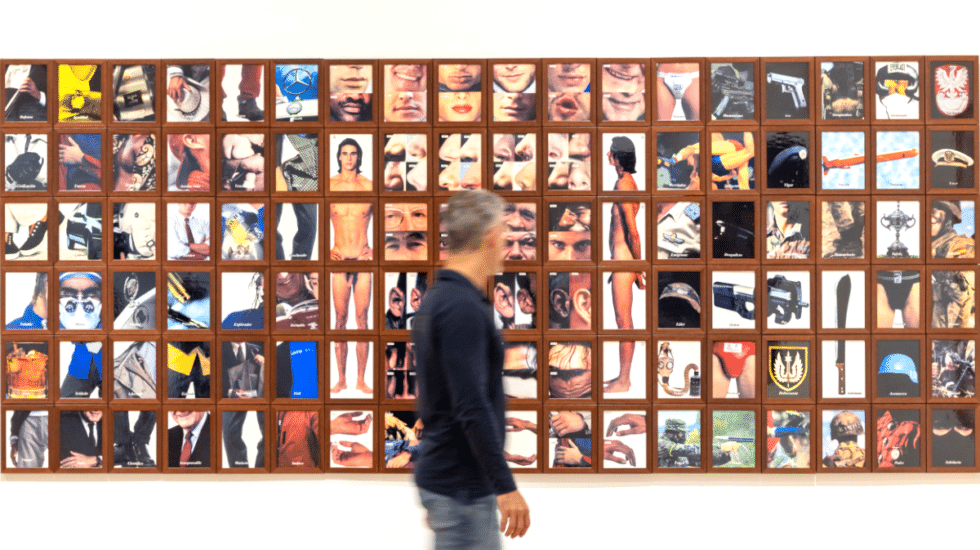
A visitor views “Museum of Man” (1996) by Carmen Navarrete this Wednesday at IVAM.
Since its creation in 1986 and its opening in 1989, photography has been one of the pillars of the Valencian Institute of Contemporary Art. During this almost forty-year history, IVAM has earned justifiable prestige, represented by the majority of its directors and artistic directors – Thomas Llorens, Carmen Alborch, Vicente Todoli, Cosme de Baranano or Juan Manuel Bonet. And the defense of photography as an artistic practice has been one of its main objectives as an institution since its inception. Eighteen years after having its photographic collection featured in a major exhibition, the center is trying a new approach to Photo in the middle.
The exhibition, curated by Enric Mira, plays with the ambiguity of the word “medium”, reflecting the artistic status of photography. What began as a secondary support, an instrument of mediation between reality and the observer of photographic reproduction for technical, journalistic or sentimental purposes, eventually became imbued with its own meaning and established itself as an autonomous medium, without losing its status as an artifact that always in the middle. Photography has long been an end in itself, but today it mediates more powerfully than ever between those who take it and those who contemplate it.
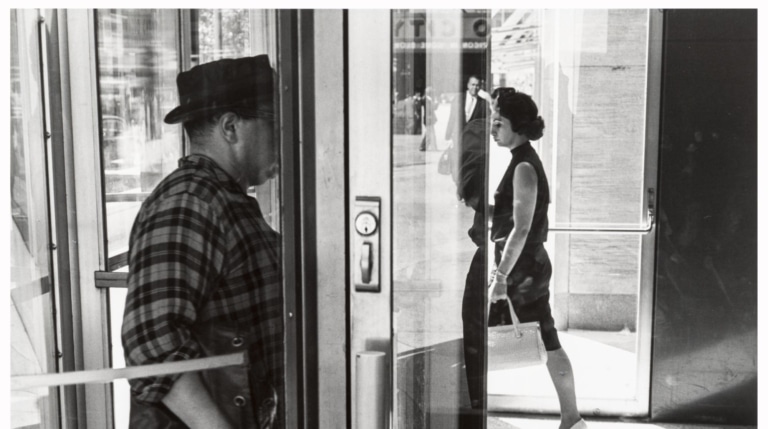
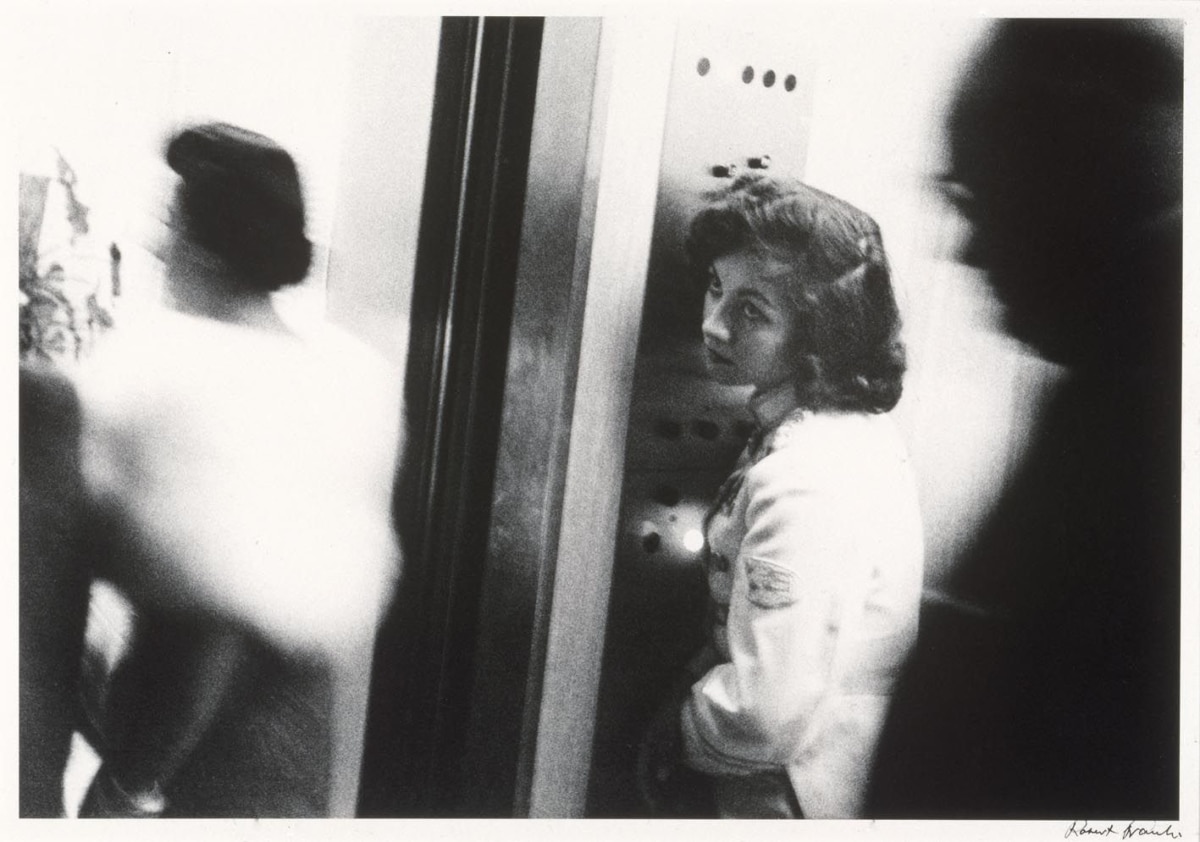
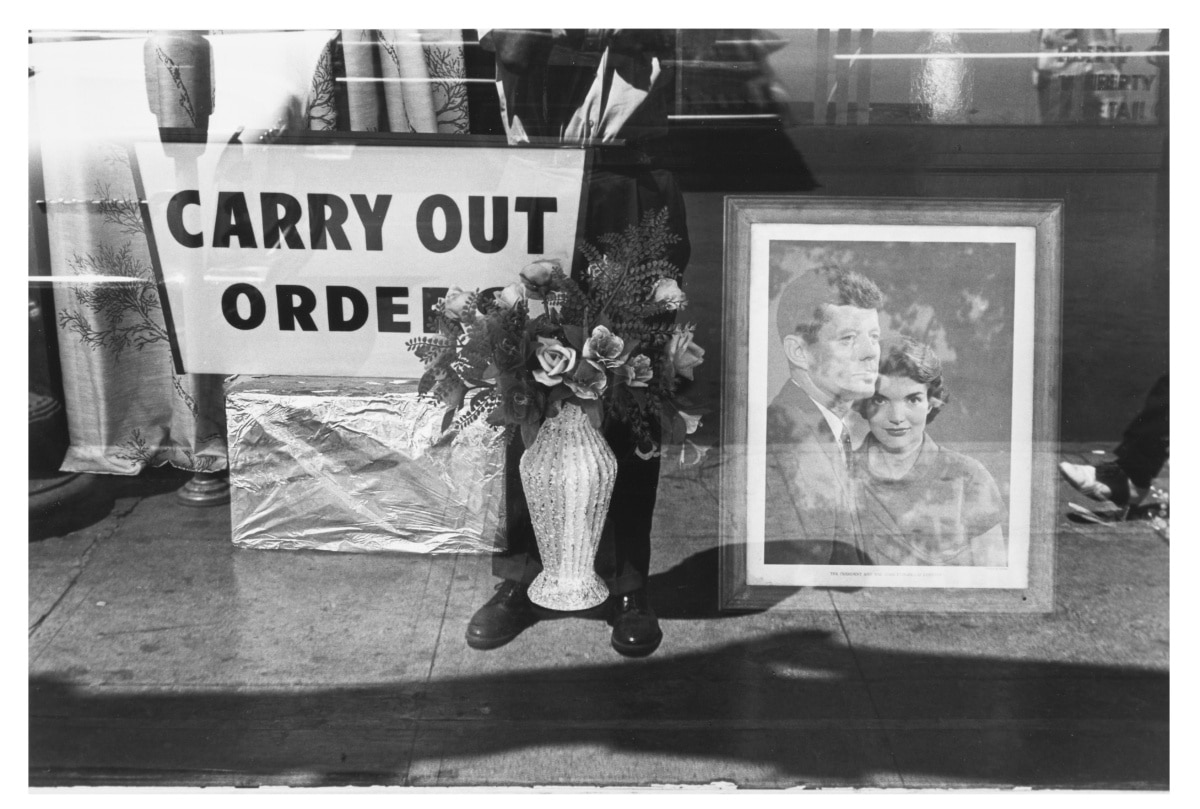
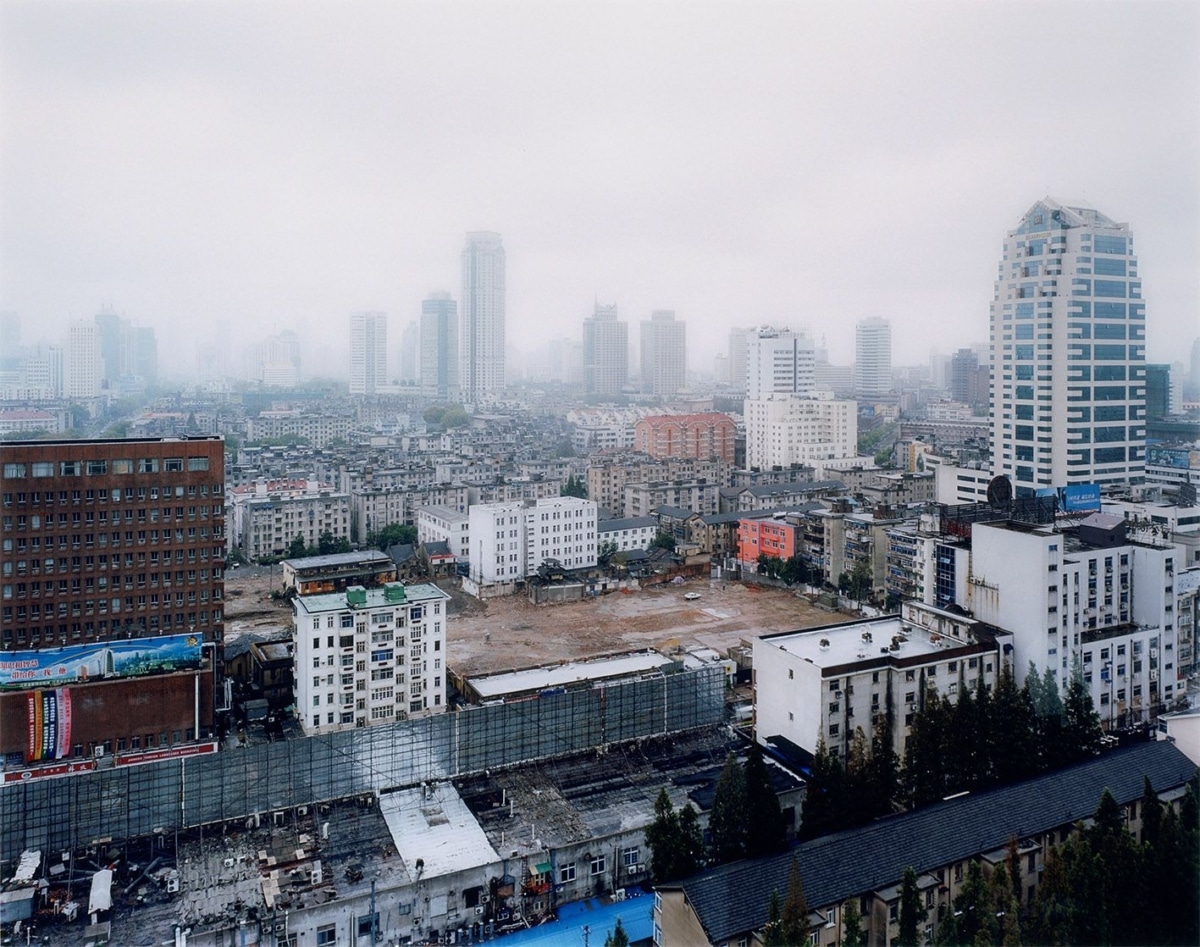
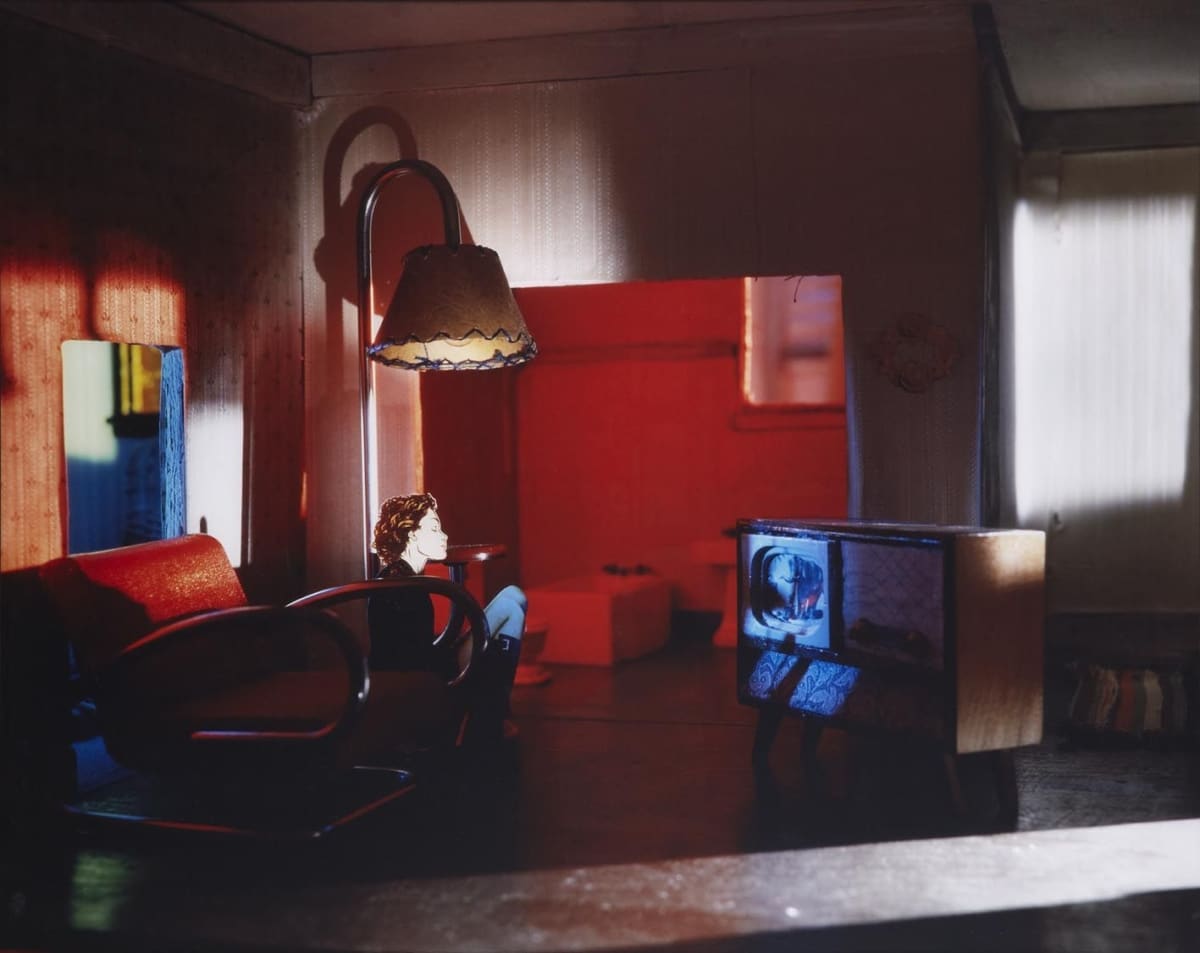
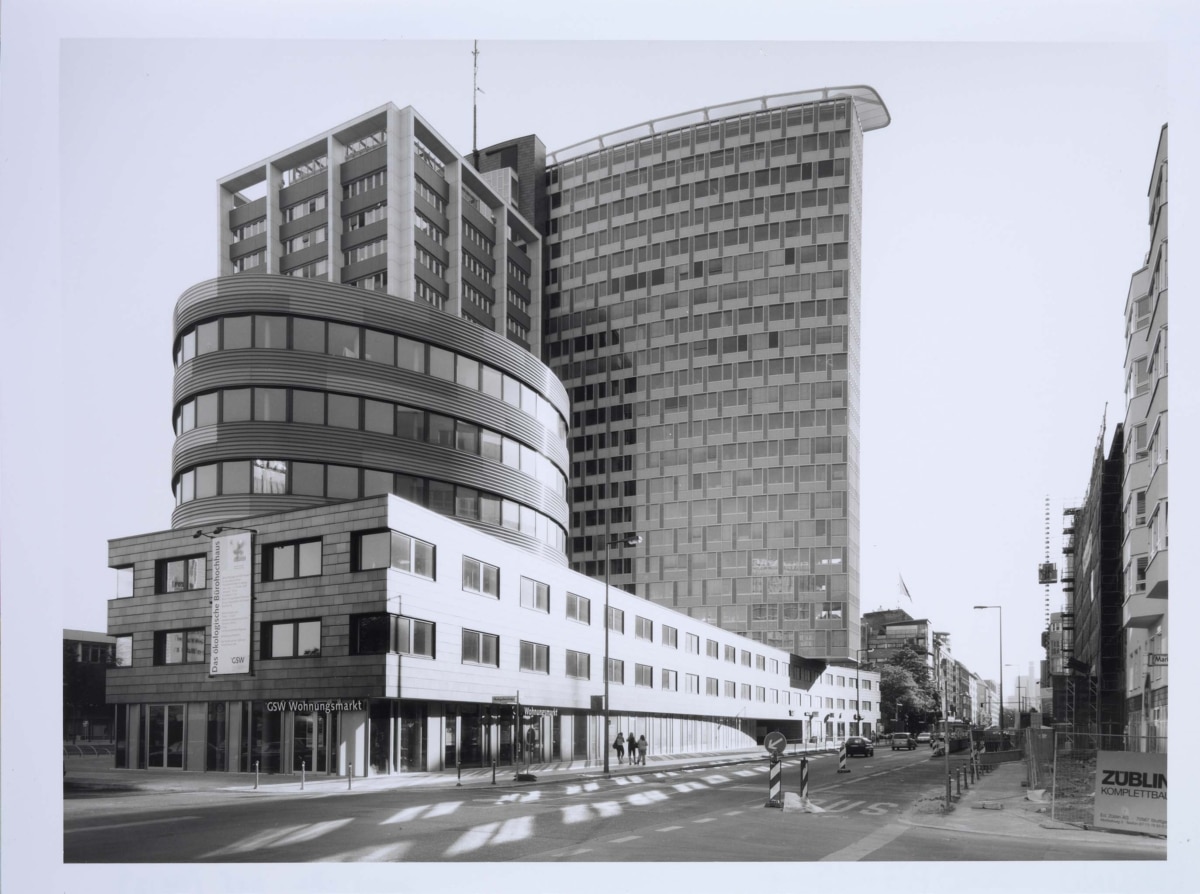
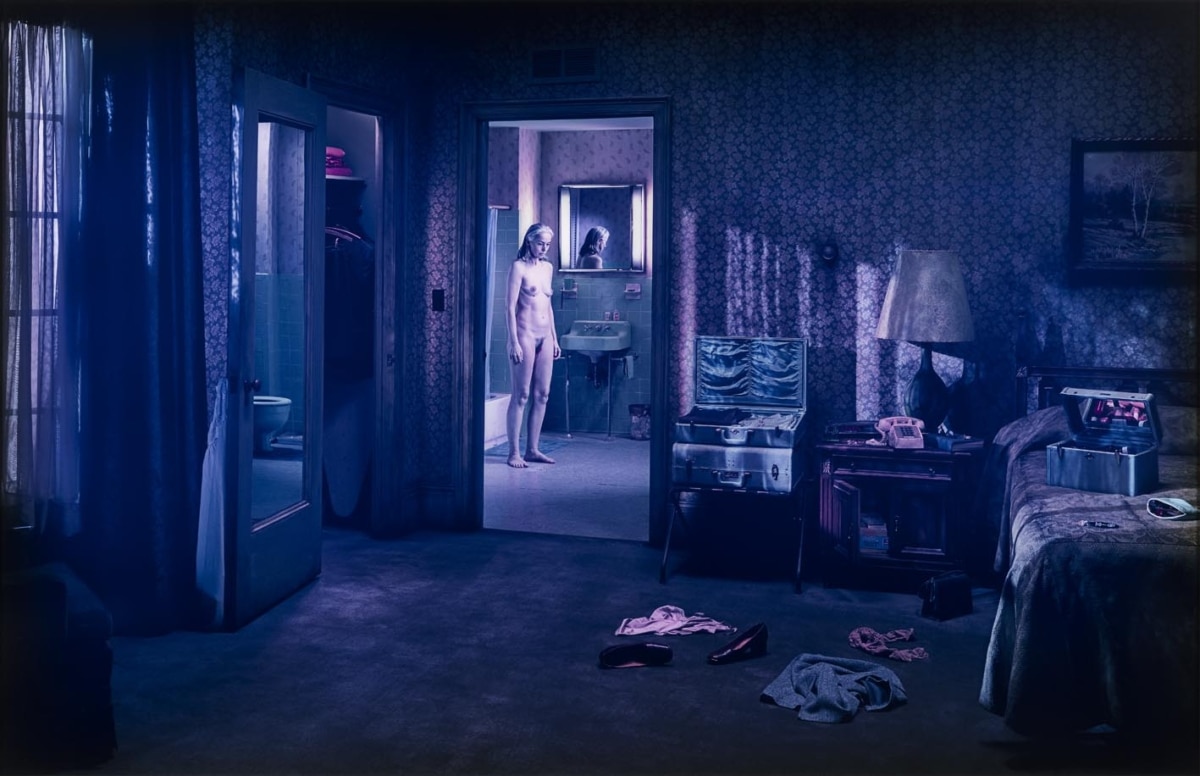
“The Intruder in Our Lives”
According to the director of IVAM, Nuria Engita, during the presentation held this Wednesday in Valencia, the title of the exhibition emphasizes “this relational character of photography as an intrusion into our lives and art, this permeable character and it is universal and capable of creating new meanings.” Today, when our smartphones They are a servomechanism of the human being, an inevitable extension of the body and feelings: “our life becomes more and more photographic, and photographs are “in the middle” of our memories, our knowledge, our personal relationships.”
Originally conceived for the IVAM headquarters in Alcoy, where it could be seen from November 2021 to April 2022. Photo in the middle will arrive this Thursday at Gallery 7 of the Julio González Center in Valencia, the main headquarters of the institution, and will include in Alcoy’s installation works by leading figures in the art of photography such as Andreas Gursky, Thomas Struth or Thomas Raff.
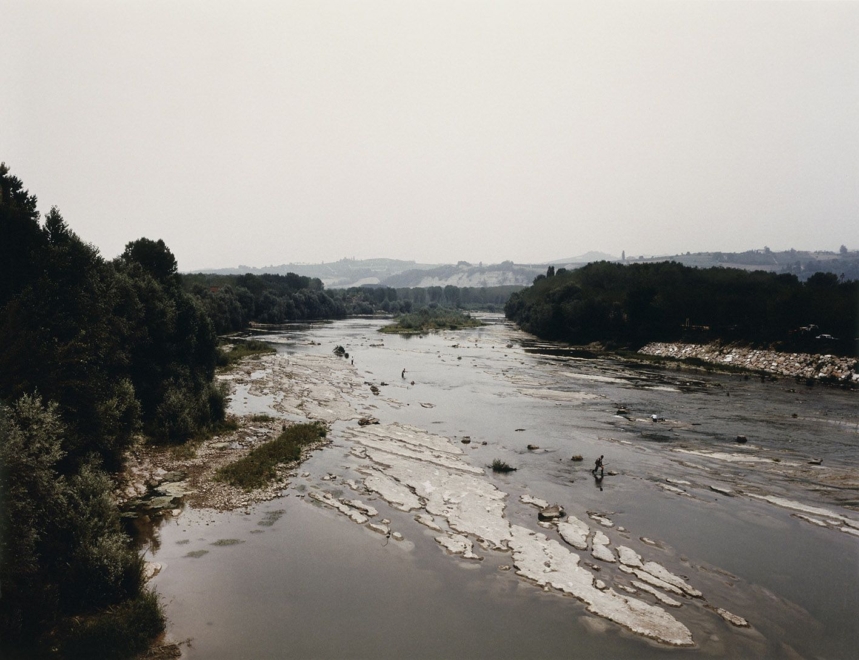
The temporary exhibition begins in the 1950s and shows how photography, especially from the 1960s onwards, transcends its value as a mirror of reality and the memory of the past and enters new territories entirely. It then becomes “a construction of reality,” “a tool for creating new modes of artistic communication,” said curator Enric Mira.
Trail, narrative and concept
Write an explanatory speech It was played with three concepts – trace, narrative and concept – reflect the plurality of photography in relation to art. As a trace, “a photograph is a tangible record of reality, capable of creating a tangible connection with the world and with others,” Mira explained. “As a narrative, photography has the ability to represent the world by analogy, to reveal or document it, but also to relate it, and sometimes to invent it. Finally, as a concept, photography has a cultural dimension that transcends subjective reverie. images that stimulate critical thinking in those who perceive them.”
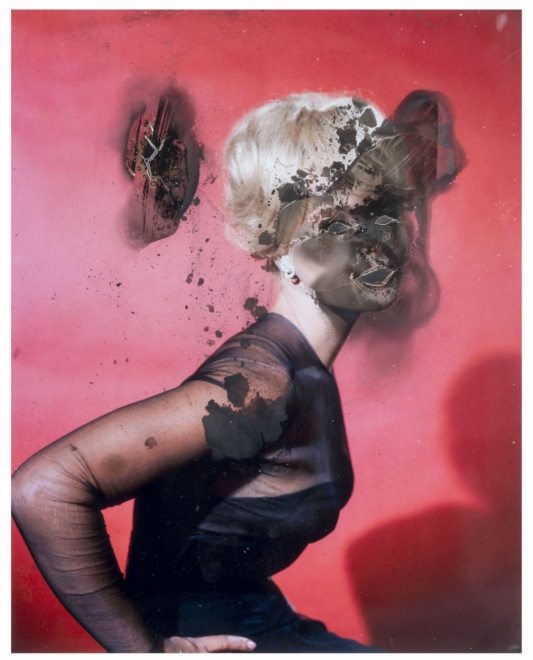
Presented here are 32 works by 61 artists—an infinitesimal sampling of the thousands of pieces that make up the museum’s photographic collection—that demonstrate photography’s potential to penetrate fields as diverse as architecture –Robert Rauschenberg, Bern and Hilla Becher, Thomas Struth, Gabriele Basilico or John Baldessari– and cultural landscape construction –Hamish Fulton, Bleda and Rosa, Andreas Gursky, Thomas Raff or Mira Bernabeu–, gender issue and feminist perspective –Lori Simmons, Carmen Navarrete, Eulalia Valdocera, Rineke Djikstra and Vali Export–, body and personality –Gillian Wearing, Douglas Gordon, Wolfang Tillmans and Thomas Raff–, mass media masses – Sigmar Polke and Richard Prince – work – Montserrat Soto and Allan Sekula – or migration phenomena –Bouchra Khalili, Pilar Beltrán and Rosell Meseguer–.
Source: El Independiente